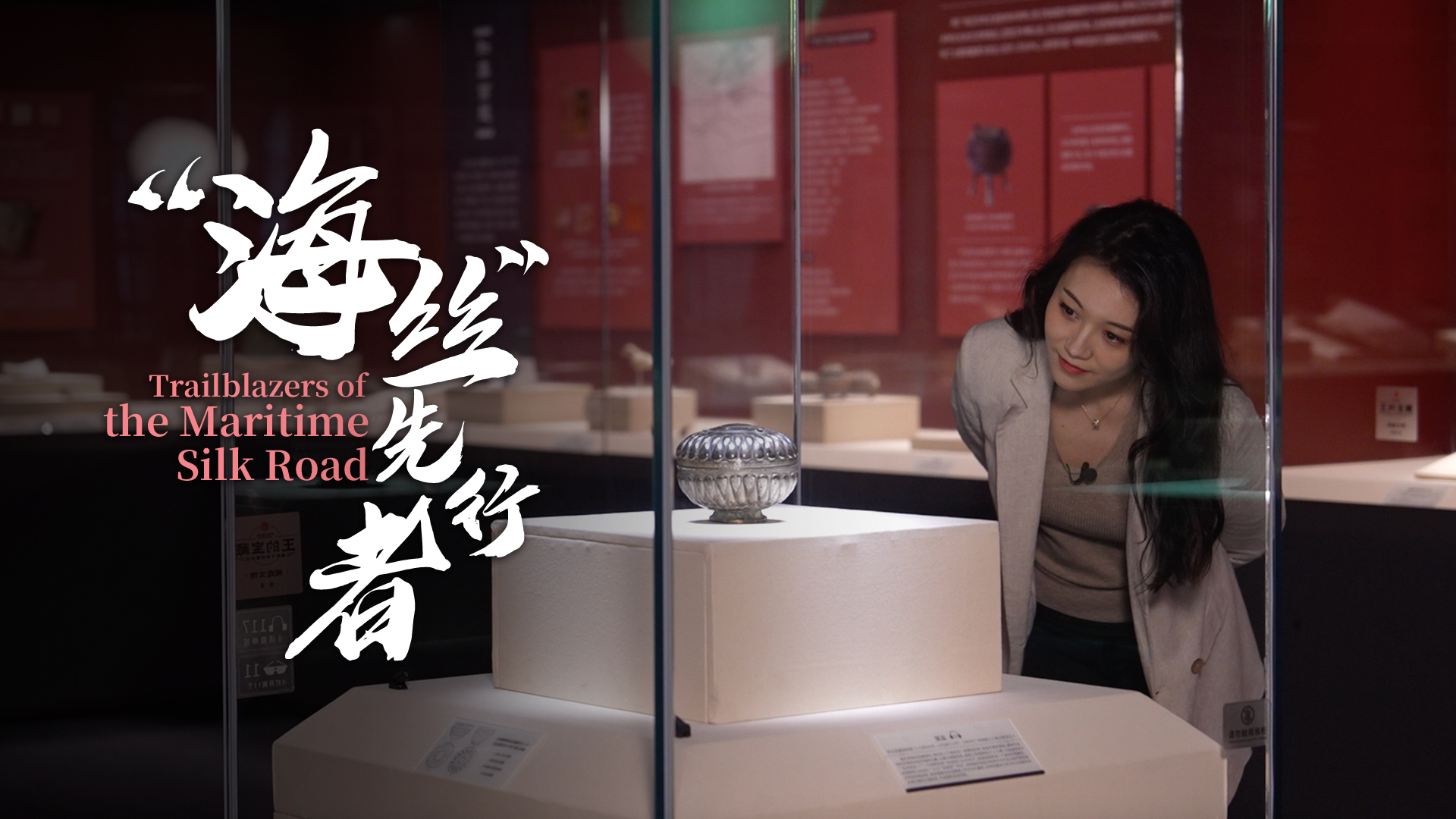By continuing to browse our site you agree to our use of cookies, revised Privacy Policy and Terms of Use. You can change your cookie settings through your browser.
I agree
Search Trends
CHOOSE YOUR LANGUAGE
- Albanian Shqip
- Arabic العربية
- Belarusian Беларуская
- Bengali বাংলা
- Bulgarian Български
- Cambodian ខ្មែរ
- Croatian Hrvatski
- Czech Český
- English English
- Esperanto Esperanto
- Filipino Filipino
- French Français
- German Deutsch
- Greek Ελληνικά
- Hausa Hausa
- Hebrew עברית
- Hungarian Magyar
- Hindi हिन्दी
- Indonesian Bahasa Indonesia
- Italian Italiano
- Japanese 日本語
- Korean 한국어
- Lao ລາວ
- Malay Bahasa Melayu
- Mongolian Монгол
- Myanmar မြန်မာဘာသာ
- Nepali नेपाली
- Persian فارسی
- Polish Polski
- Portuguese Português
- Pashto پښتو
- Romanian Română
- Russian Русский
- Serbian Српски
- Sinhalese සිංහල
- Spanish Español
- Swahili Kiswahili
- Tamil தமிழ்
- Thai ไทย
- Turkish Türkçe
- Ukrainian Українська
- Urdu اردو
- Vietnamese Tiếng Việt
Copyright © 2024 CGTN.
京ICP备20000184号
CHOOSE YOUR LANGUAGE
- Albanian Shqip
- Arabic العربية
- Belarusian Беларуская
- Bengali বাংলা
- Bulgarian Български
- Cambodian ខ្មែរ
- Croatian Hrvatski
- Czech Český
- English English
- Esperanto Esperanto
- Filipino Filipino
- French Français
- German Deutsch
- Greek Ελληνικά
- Hausa Hausa
- Hebrew עברית
- Hungarian Magyar
- Hindi हिन्दी
- Indonesian Bahasa Indonesia
- Italian Italiano
- Japanese 日本語
- Korean 한국어
- Lao ລາວ
- Malay Bahasa Melayu
- Mongolian Монгол
- Myanmar မြန်မာဘာသာ
- Nepali नेपाली
- Persian فارسی
- Polish Polski
- Portuguese Português
- Pashto پښتو
- Romanian Română
- Russian Русский
- Serbian Српски
- Sinhalese සිංහල
- Spanish Español
- Swahili Kiswahili
- Tamil தமிழ்
- Thai ไทย
- Turkish Türkçe
- Ukrainian Українська
- Urdu اردو
- Vietnamese Tiếng Việt
Copyright © 2024 CGTN.
京ICP备20000184号
互联网新闻信息许可证10120180008
Disinformation report hotline: 010-85061466





















Archeologists working on the shores of Ohrid Lake in Albania say they have uncovered the oldest human settlement built on a European lake, finding evidence of an organized hunting and farming community living up to 8,000 years ago.
The team, from Switzerland and Albania, spent hours each day about three meters underwater, painstakingly retrieving wooden stilts that supported houses.
They are also collecting bones of domesticated and wild animals, copper objects and ceramics, featuring detailed carvings.
Archeologists say they have uncovered the oldest human settlement built on a European lake. /Reuters
Albert Hafner, from the University of Bern, said similar settlements have been found in Alpine and Mediterranean regions, but the settlements in the village of Lin are half a millennium older, dating back between 6,000 and 8,000 years.
Hafner said findings show that people who lived on the lake helped to spread agriculture and livestock to other parts of Europe.
Multiple studies show that Lake Ohrid, shared by North Macedonia and Albania, is the oldest lake in Europe, at over one million years.
The team spent hours each day about 3m underwater, painstakingly retrieving wooden stilts that supported houses. /Reuters
The age of the findings is determined through radiocarbon dating and dendrochronology, which measures annual growth rings in trees.
More than one thousand wood samples have been collected from the site, which may have hosted several hundred people.
It is believed to cover around 60,000 square meters, but so far, only about 1 percent has been excavated after six years of work.